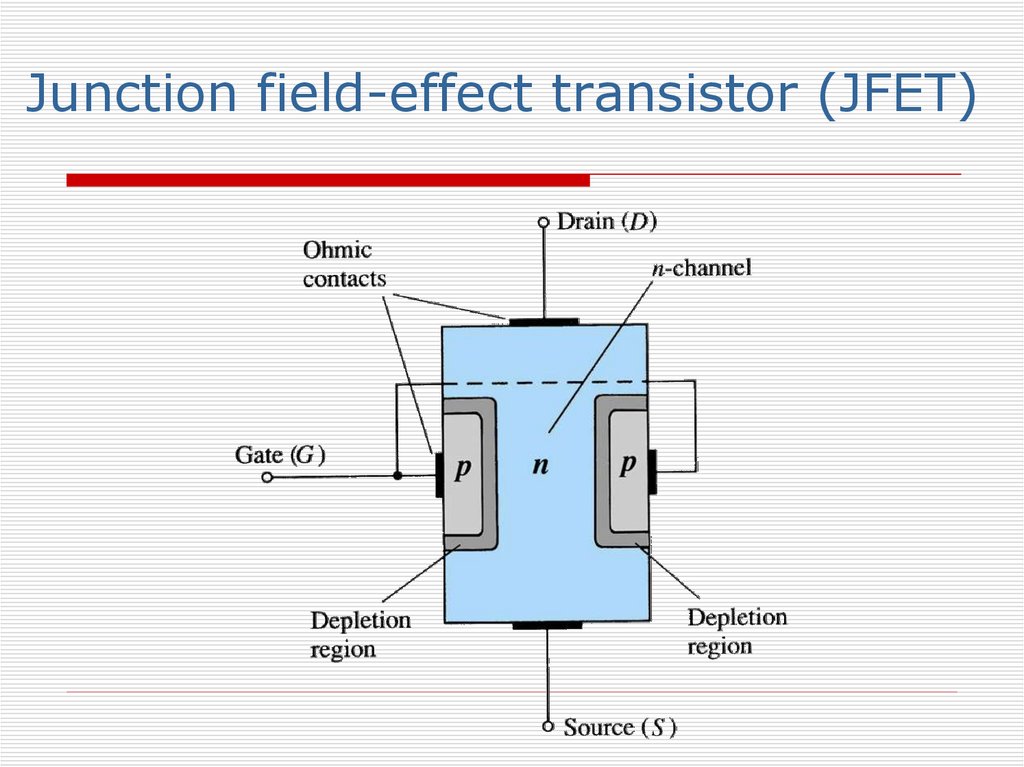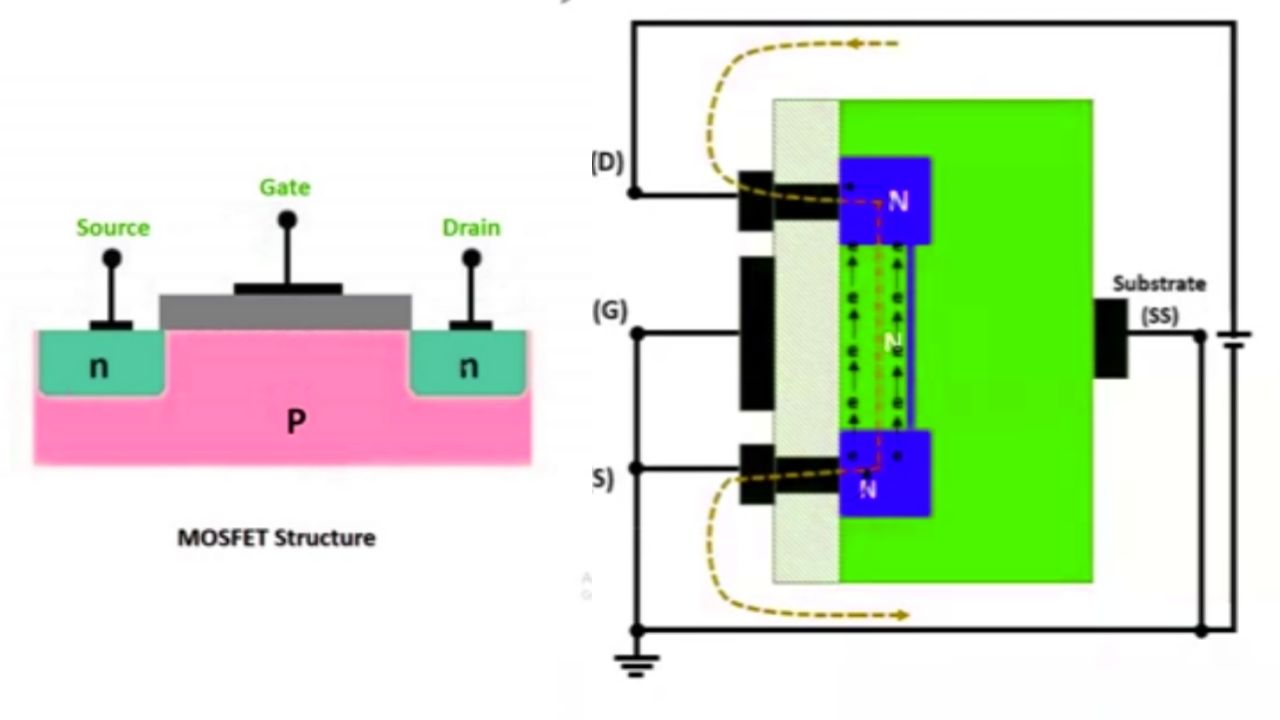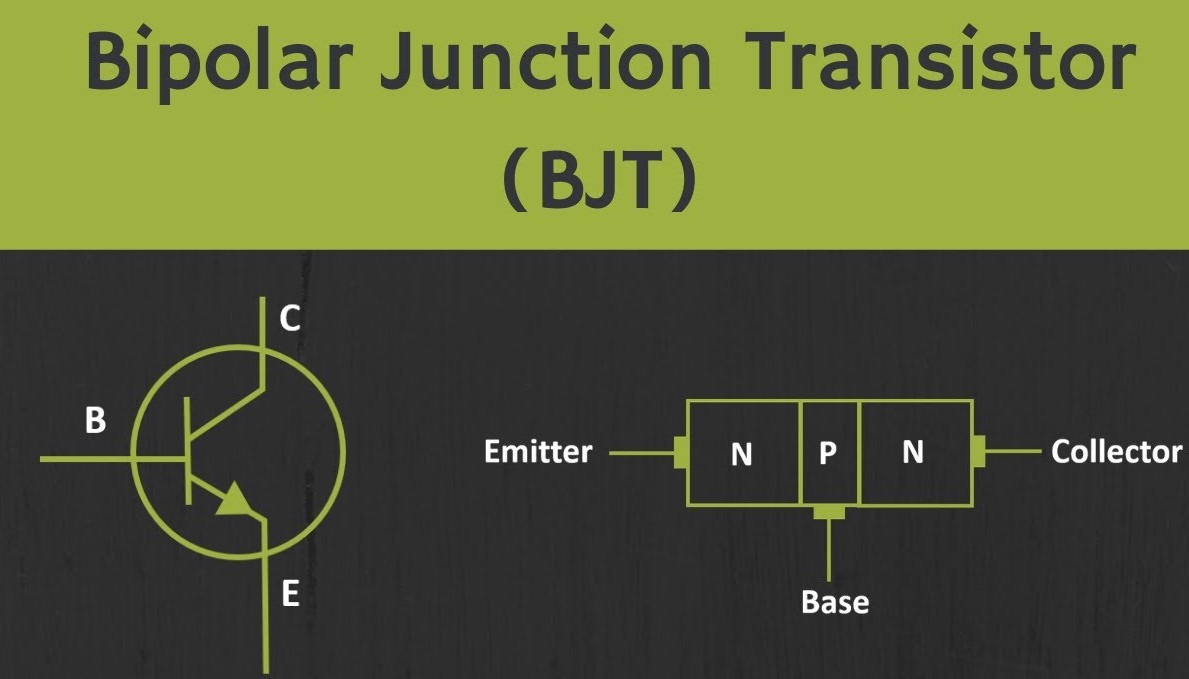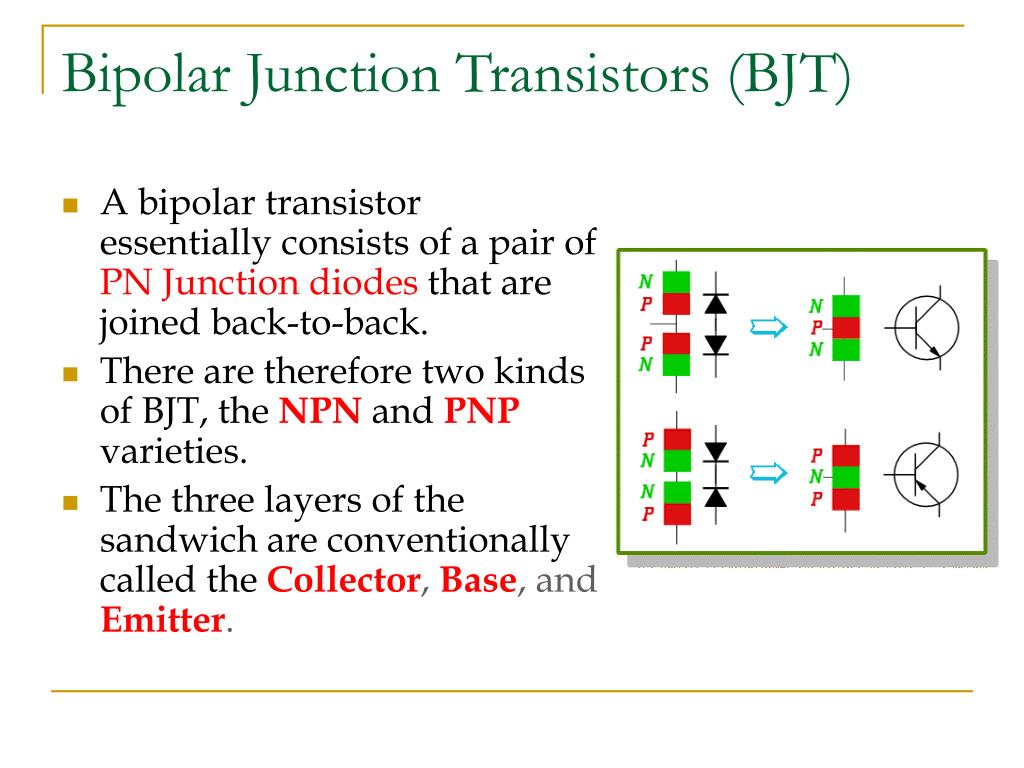Unipolar Junction Transistor Presentation
| Introduction to Unipolar Junction Transistor | ||
|---|---|---|
| A unipolar junction transistor is a type of transistor that operates using only one type of charge carrier, either electrons or holes. It is also known as a field-effect transistor (FET) because it relies on an electric field to control the flow of current. Unipolar junction transistors have three terminals: source, drain, and gate. | ||
| 1 | ||
| Types of Unipolar Junction Transistors | ||
|---|---|---|
| There are two main types of unipolar junction transistors: JFET (Junction Field-Effect Transistor) and MOSFET (Metal-Oxide-Semiconductor Field-Effect Transistor). JFETs use a pn-junction to control the flow of current, while MOSFETs use a metal-oxide-semiconductor structure. MOSFETs are more commonly used due to their smaller size, higher speed, and lower power consumption. | ||
| 2 | ||
| Working Principle of JFET | ||
|---|---|---|
| In a JFET, the flow of current is controlled by the voltage applied to the pn-junction. When a negative voltage is applied to the gate terminal, it creates a depletion region, restricting the flow of current between the source and drain. A positive voltage applied to the gate terminal reduces the depletion region, allowing current to flow freely. | ||
| 3 | ||
| Working Principle of MOSFET | ||
|---|---|---|
| In a MOSFET, the flow of current is controlled by the voltage applied to the gate terminal. When a positive voltage is applied to the gate terminal, it attracts electrons to the oxide layer, creating a conducting channel between the source and drain. A negative voltage applied to the gate terminal repels electrons, cutting off the current flow. | ||
| 4 | ||
| Advantages of Unipolar Junction Transistors | ||
|---|---|---|
| Unipolar junction transistors offer high input impedance, making them suitable for applications where the input signal is weak. They have a fast switching speed, making them ideal for high-frequency applications. Unipolar junction transistors can operate at low power levels, resulting in reduced power consumption. | ||
| 5 | ||
| Applications of Unipolar Junction Transistors | ||
|---|---|---|
| Unipolar junction transistors are commonly used in amplifiers, oscillators, and switching circuits. They are also used in radio frequency (RF) communication systems and wireless devices. Unipolar junction transistors are integral components in integrated circuits (ICs) used in various electronic devices. | ||
| 6 | ||
| Limitations of Unipolar Junction Transistors | ||
|---|---|---|
| Unipolar junction transistors have limited power handling capabilities compared to bipolar junction transistors. They are more susceptible to noise and interference due to their high input impedance. Unipolar junction transistors require careful biasing to ensure proper operation and prevent thermal instability. | ||
| 7 | ||
| Comparison with Bipolar Junction Transistors | ||
|---|---|---|
| Unlike unipolar junction transistors, bipolar junction transistors use both electrons and holes as charge carriers. Bipolar junction transistors have higher power handling capabilities but lower input impedance than unipolar junction transistors. Unipolar junction transistors are more suitable for high-frequency applications, while bipolar junction transistors excel in low-frequency and power amplification applications. | ||
| 8 | ||
| Future Trends in Unipolar Junction Transistors | ||
|---|---|---|
| Ongoing research focuses on improving the performance of unipolar junction transistors by reducing their size and power consumption. Emerging technologies, such as carbon nanotube transistors and graphene-based transistors, show promise in enhancing the capabilities of unipolar junction transistors. The integration of unipolar junction transistors in advanced semiconductor devices holds potential for the development of more efficient electronics. | ||
| 9 | ||
| Conclusion | ||
|---|---|---|
| Unipolar junction transistors, including JFETs and MOSFETs, are essential components in modern electronic circuits. They offer advantages such as high input impedance, fast switching speed, and low power consumption. Ongoing research and advancements in unipolar junction transistors will continue to drive innovation in the field of electronics. | ||
| 10 | ||





